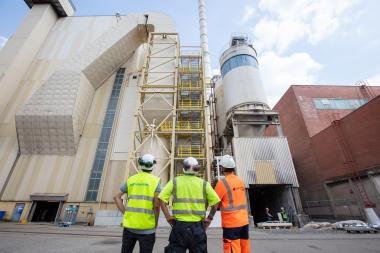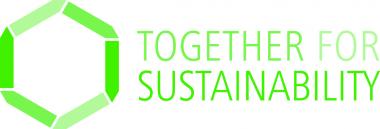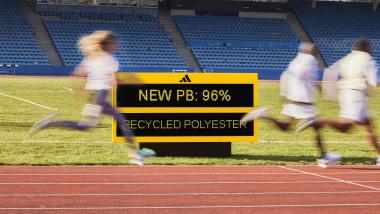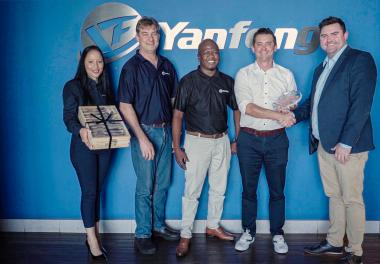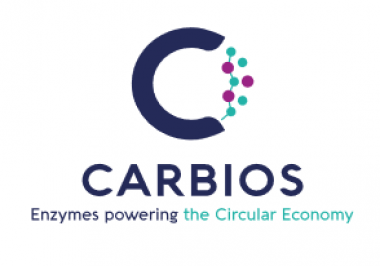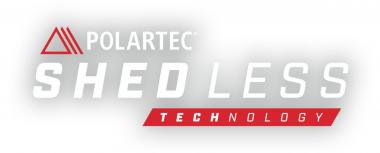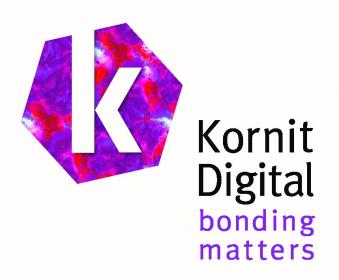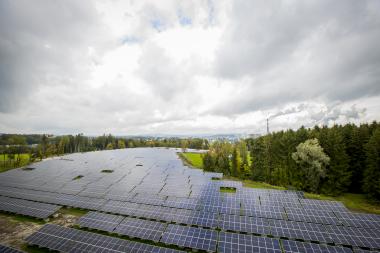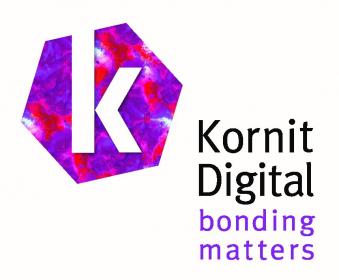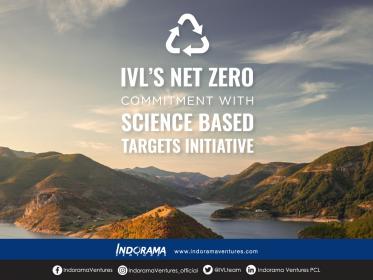AkzoNobel launches online energy savings calculator for powder coatings
An openly accessible online energy savings calculator for all users of powder coatings has been launched by AkzoNobel.
All powder coatings customers can instantly calculate the energy and carbon reduction they could achieve with the company’s Interpon products and related services.
It's the latest example of how the company is continuing to work towards its ambition of reducing carbon emissions across the full value chain by 50% by 2030. “Sustainability is critical for all of us and helping customers to reduce energy is one of the many ways we can work with – and for – them in order to meet our shared ambitions,” says Jeff Jirak, Director of AkzoNobel’s Powder Coatings business.
To make using the tool as easy as possible, the calculator – currently only available in Europe – is supported by a detailed guide, which helps customers better understand how even making small changes in the powder coating process can have a big impact in terms of becoming more energy efficient. These include checking for leakages in compressed air systems, improving insulation and ensuring all process equipment is regularly serviced and maintained. Customers also receive expert support from Interpon’s technical service team.
AkzoNobel





